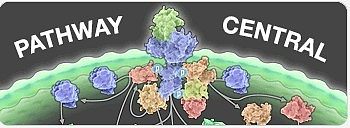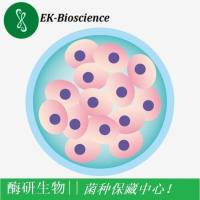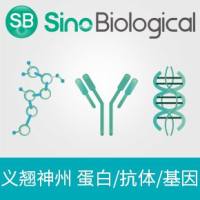RNase Protection Assay for the Study of the Differential Effects of Therapeutic Agents in Suppressing Staphylococcal Enterotoxin B-Induced Cytokines i
互联网
互联网
相关产品推荐

炎症细胞因子和受体PCR芯片Inflammatory Cytokines & Receptors PCR Array
询价

Ribonuclease A重组蛋白|Recombinant Human RNase A / Ribonuclease A / RNASE1 Protein (His Tag)
¥1790

灰色链霉菌/灰色链霉菌/IMAS Study Class M4.3
¥1500

BCL11B/BCL11B蛋白Recombinant Human B-cell lymphoma/leukemia 11B (BCL11B)重组蛋白B-cell CLL/lymphoma 11B (COUP-TF-interacting protein 2) (Radiation-induced tumor suppressor gene 1 protein) (hRit1) (BCL-11B) (CTIP2) (RIT1)蛋白
¥2328

SARS-CoV-2 (2019-nCoV) Nucleocapsid/N Antibody Titer Assay Kit | SARS-CoV-2 (2019-nCoV) Nucleocapsid/N Antibody Titer Assay Kit
¥5000
相关问答

